
|
|
Font Size:
|
||||
|
|
|
|
||||
STATISTICAL BRIEF #397:
Expenditures for Trauma-Related Disorders among the Elderly and Non-Elderly, 2009: Estimates for the U.S. Civilian Noninstitutionalized Population
Highlights
- In 2009, 13.4 percent of those ages 65 and older (5.4 million adults) received treatment for trauma-related disorders, compared with 10.6 percent of the under 65 population (27.9 million adults).
- Treatment for trauma-related disorders accounted for $24.5 billion in health expenditures among older adults, with an annual mean expenditure of $4,551 per older adult with a trauma-related expense.
- Trauma-related expenditures for the under 65 population totaled $56.3 billion and averaged $2,017 per person with an expense. Spending by the non-elderly accounted for 70 percent of the total expenses for trauma care in the population as a whole.
- Among all age/race/ethnic groups examined, non-Hispanic whites over age 65 had the highest likelihood of reporting treatment for trauma-related disorders (14.5 percent).
- Females age 65 and older were more likely to receive care for trauma than elderly men or younger women (14.9 percent versus 11.6 and 10.4 percent, respectively).
Introduction
Older adults (age 65 and older) currently make up 13.2 percent of the U.S. civilian noninstitutionalized population. In the past century, the U.S. experienced an 11-fold increase in the elderly population while the under 65 population tripled. Older adults who encounter serious trauma-related events have a higher probability of morbidity and mortality than their younger counterparts (Victorino, Chong, and Pal, 2003). In 2009, trauma-related disorders accounted for $80.8 billion in expenditures for the U.S. civilian noninstitutionalized population, making it one of the four most expensive conditions to treat. This Statistical Brief presents estimates based on the Household Component of the Medical Expenditure Panel Survey (MEPS-HC) on the use of and expenditures for medical care related to trauma disorders among the U.S. civilian noninstitutionalized population for those 65 and over and those under age 65. Annual estimates for 2009 are shown by characteristics of individuals and type of service. All differences between estimates noted in the text are statistically significant at the 0.05 level or better.Findings
In 2009, trauma-related disorders accounted for $80.8 billion in expenditures for the U.S. civilian noninstitutionalized population. Approximately 30 percent ($24.5 billion) of all trauma-related expenditures can be attributed to the older adult population. More than 5 million older adults received treatment for trauma-related disorders and older adults had a higher likelihood of trauma-related treatment than persons ages 0–64 years (13.4 versus 10.6 percent) (figure 1). About 28 million persons under age 65 had trauma-related treatment in 2009.Treatment for trauma-related disorders by selected demographic characteristics
Among the 65 and older population, white non-Hispanics had the highest likelihood of receiving treatment for trauma-related disorders (14.5 percent) while non-Hispanic blacks, non-Hispanic Asians, and Hispanics had lower treatment rates for trauma-related disorders—9.7 percent, 9.6 percent, and 7.3 percent, respectively. With respect to income, older adults with middle and high incomes had the highest likelihood of trauma-related treatment at 14.9 and 14.6 percent, compared with 10.4 percent for low income older adults. Older women were more likely to receive trauma-related treatment than older men (14.9 versus 11.6 percent).
Non-Hispanic whites and non-Hispanic Asians ages 0–64 years were less likely to receive care for trauma, at 12.6 and 5.4 percent, than their older counterparts, at 14.5 and 9.6 percent, respectively. Persons under age 65 with middle and high incomes were less likely to receive treatment for trauma-related disorders than comparable older adults, at 10.6 versus 14.9 percent and 11.7 versus 14.6 percent. While the likelihood of trauma-related treatment did not vary significantly by age, younger women had lower rates of trauma-related treatment than women age 65 and older (10.4 versus 14.9 percent).
There were no significant regional differences among elderly adults receiving treatment for trauma-related disorders (figure 2). However, within the South, adults age 65 and older had higher incidences of treatment for trauma-related disorders than younger adults (13.6 versus 9.9 percent). Similarly, older adults living in non-MSA areas had higher rates of treatment (13.3 percent) for trauma-related disorders than individuals under age 65 living in non-MSA areas (10.3 percent). However, in MSAs, where there was no significant difference in the rates by age group.
Distribution of health care expenditures for trauma-related disorders by type of service
In 2009, a total of $24.5 billion was spent on trauma-related disorders in older adults across all service types (figure 5). Seventy percent of this spending was for inpatient/emergency room care, 18 percent was for ambulatory services, and 11 percent was for home health care. This distribution was very different for the under 65 population. Of the total $56.3 billion spent for trauma-related care in 2009 for those under age 65, 42 percent was for inpatient and emergency room care, 54 percent was for ambulatory care, and only 2 percent was for home health services.
In 2009, the average annual amount spent on trauma-related care per adult age 65 and older with any trauma-related expense was $4,551, versus less than half that amount ($2,017) for the under 65 population (figure 6). The largest components of those averages were inpatient/emergency room services for the over 65 population ($3,185) and ambulatory services for those under age 65 ($1,095) (figure 6).
Data Source
The estimates shown in this Statistical Brief are based on data from the MEPS 2009 Full Year Consolidated Data File (HC-129); 2009 Medical Conditions File (HC-128); 2009 Prescribed Medicines File (HC-126A); 2009 Hospital Inpatient Stays File (HC-126D); 2009 Emergency Room Visits File (HC-126E); 2009 Outpatient Visits File (HC-126F); 2009 Office-Based Medical Provider Visits File (HC-126G); and 2009 Home Health File (HC-126H).Definitions
Trauma-related eventsThis Brief analyzes the noninstitutionalized U.S. civilian population with trauma-related conditions in connection with health care utilization. The conditions reported by respondents were recorded by interviewers as verbatim text which was then coded by professional coders to fully specified ICD-9-CM codes. These codes were regrouped in clinically homogenous categories known as CCS codes. Conditions with CCS codes 225–236, 239, 240, and 244 (trauma-related disorders) were used for this Brief. A crosswalk of ICD-9 codes and CCS codes is available in the documentation file of the Medical Conditions File for 2009 (HC-128). For additional information on the crosswalk between ICD-9 codes and CCS codes, please visit: http://www.hcup-us.ahrq.gov/toolssoftware/ccs/ccs.jsp.
Age
Persons were categorized into age groups based on their age on December 31, 2009, or their age at a point earlier in the year when they were last considered in scope for the survey.
Expenditures
Expenditures in MEPS are defined as payments from all sources for hospital inpatient care, ambulatory care provided in offices and hospital outpatient departments, care provided in emergency departments, paid care provided in the patient's home (home health), and the purchase of prescribed medications. Sources include direct payments from individuals, private insurance, Medicare, Medicaid, Workers' Compensation, and miscellaneous other sources. Payments for over-the-counter drugs are not included in MEPS total expenditures. Indirect payments not related to specific medical events, such as Medicaid Disproportionate Share and Medicare Direct Medical Education subsidies, are also excluded.
Expenditures were classified as being associated with trauma-related disorders if a visit, stay, or medication purchase was cited as being related to a trauma-related disorder. An event may be associated with two or more trauma-related disorders and therefore expenditures related to one event may be counted more than one time (figure 1). There are some events that have no associated expenditures; these are not included in the calculations of the mean annual expenditures (figure 5).
Racial and ethnic classifications
Classification by race and ethnicity was based on information reported for each family member. Respondents were asked if each family member was Hispanic or Latino. Respondents were also asked which race or races best described each family member. Race categories included white, black/African American, American Indian or Alaska Native, Asian, Native Hawaiian or other Pacific Islander, and other. Based on these questions, sample persons were classified into the following race/ethnicity categories: Hispanic, black non-Hispanic single race, white non-Hispanic single race, Asian non-Hispanic single race (Asian non-Hispanic single race and Hawaiian/Pacific Islander), and other non-Hispanic (American Indian/Alaska Native non-Hispanic and multiple races non-Hispanic).
Income
In MEPS, personal income from all household members is summed to create family income. Potential sources of income include annual earnings from wages, salaries, bonuses, tips, and commissions; business and farm gains and losses; unemployment and Workers' Compensation payments; interest and dividends; alimony, child support, and other private cash transfers; private pensions; individual retirement account (IRA) withdrawals; Social Security and Department of Veterans Affairs payments; Supplemental Security Income and cash welfare payments from public assistance, TANF (Temporary Assistance for Needy Families; formerly known as Aid to Families with Dependent Children, or AFDC); gains or losses from estates, trusts, partnerships, S corporations, rent, and royalties; and a small amount of "other" income. Individuals were classified according to their family's income in terms of poverty status. Poverty status is the ratio of the family's income to the Federal poverty thresholds, which control for the size of the family and the age of the head of the family. The following classification of poverty status was used:
- Poor: Persons in families with incomes less than 100 percent of the poverty line, including those who reported negative income.
- Low income: Persons in families with incomes greater than or equal to 100 percent but less than 200 percent of the poverty line.
- Middle income: Persons in families with incomes greater than or equal to 200 percent but less than 400 percent of the poverty line.
- High income: Persons in families with incomes greater than or equal to 400 percent of the poverty line.
Areas designated by the U.S. Office of Management and Budget that are composed of a large population nucleus combined with adjacent communities that have a high degree of economic and social integration with the nucleus. Each MSA has one or more central counties containing the area's main population concentration.
About MEPS-HC
MEPS-HC is a nationally representative longitudinal survey that collects detailed information on health care utilization and expenditures, health insurance, and health status, as well as a wide variety of social, demographic, and economic characteristics for the U.S. civilian noninstitutionalized population. It is cosponsored by the Agency for Healthcare Research and Quality and the National Center for Health Statistics. For more information about MEPS, call the MEPS information coordinator at AHRQ (301-427-1406) or visit the MEPS Web site at http://www.meps.ahrq.gov/.References
Cohen, J. Design and Methods of the Medical Expenditure Panel Survey Household Component. MEPS Methodology Report No. 1. AHCPR Pub. No. 97-0026. Rockville, MD. Agency for Health Care Policy and Research, 1997. http://meps.ahrq.gov/mepsweb/data_files/publications/mr1/mr1.shtmlCohen, S. Sample Design of the 1996 Medical Expenditure Panel Survey Household Component. MEPS Methodology Report No. 2. AHCPR Pub. No. 97-0027. Rockville, MD. Agency for Health Care Policy and Research, 1997. http://meps.ahrq.gov/mepsweb/data_files/publications/mr2/mr2.shtml
Cohen, S. Design Strategies and Innovations in the Medical Expenditure Panel Survey. Medical Care, July 2003: 41(7) Supplement: III-5–III-12.
Cohen, S. The Concentration of Health Care Expenditures and Related Expenses for Costly Medical Conditions, 2009. Statistical Brief #359. February 2012. Agency for Healthcare Research and Quality, Rockville, MD. http://www.meps.ahrq.gov/mepsweb/data_files/publications/st359/stat359.shtml
Victorino, G.P., Chong, T.J., and Pal, J.D., "Trauma in the Elderly Patient." Archives of Surgery, October 2003: 138(10): 1093–1098.
Suggested Citation
Yeh, S., Uberoi, N. and Cohen, J. Expenditures for Trauma-Related Disorders among the Elderly and Non-Elderly, 2009: Estimates for the U.S. Civilian Noninstitutionalized Population. Statistical Brief #397. January 2013. Agency for Healthcare Research and Quality, Rockville, MD. http://www.meps.ahrq.gov/mepsweb/data_files/publications/st397/stat397.shtmlAHRQ welcomes questions and comments from readers of this publication who are interested in obtaining more information about access, cost, use, financing, and quality of health care in the United States. We also invite you to tell us how you are using this Statistical Brief and other MEPS data and tools and to share suggestions on how MEPS products might be enhanced to further meet your needs. Please e-mail us at MEPSProjectDirector@ahrq.gov or send a letter to the address below:
Steven B. Cohen, PhD, Director
Center for Financing, Access, and Cost Trends
Agency for Healthcare Research and Quality
540 Gaither Road
Rockville, MD 20850
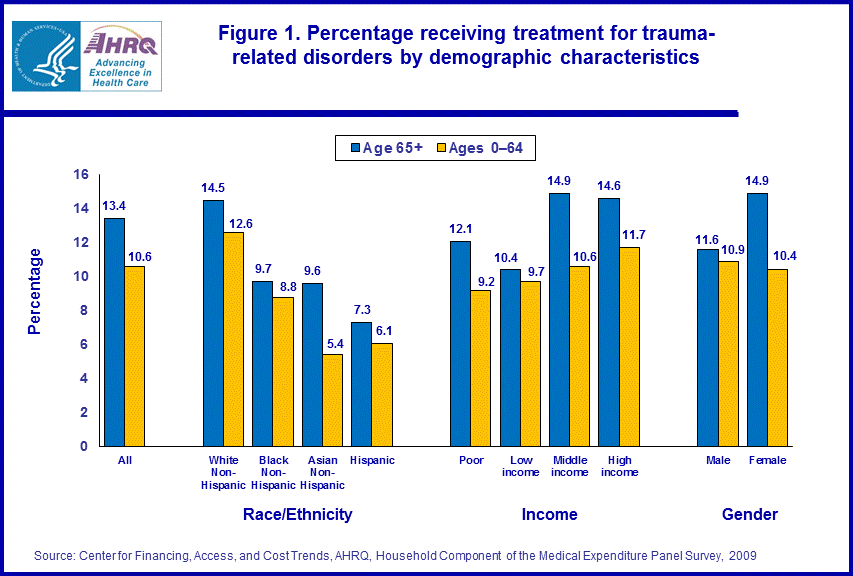 |
||||||||||||||||||||||||||||||||||||||||||||||||||||||||||||
|
||||||||||||||||||||||||||||||||||||||||||||||||||||||||||||
|
|
||||||||||||||||||||||||||||||||||||||||||||||||||||||||||||
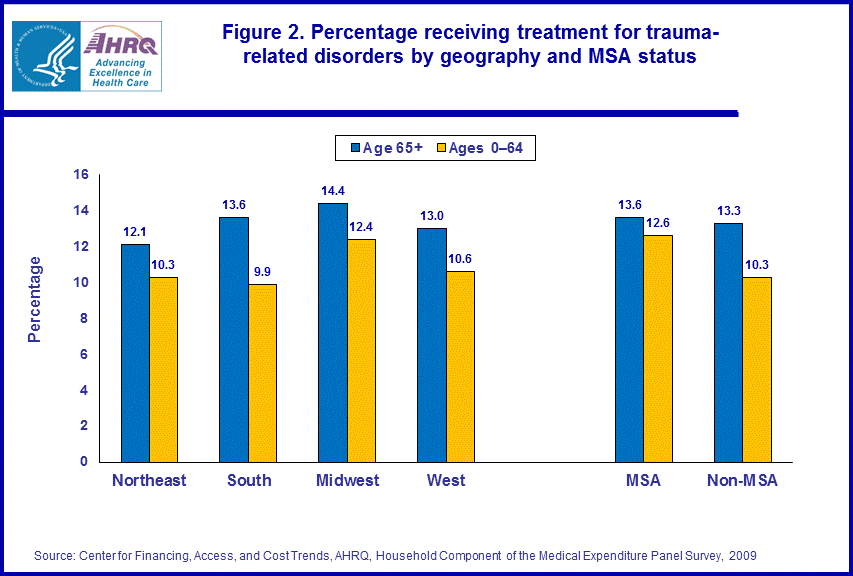 |
||||||||||||||||||||||||||||||||||||||||||||||||||||||||||||
|
||||||||||||||||||||||||||||||||||||||||||||||||||||||||||||
|
|
||||||||||||||||||||||||||||||||||||||||||||||||||||||||||||
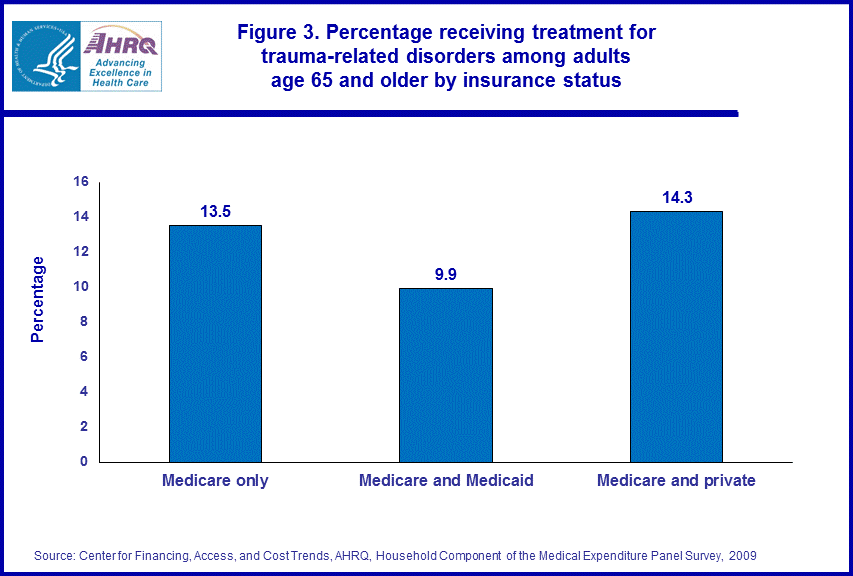 |
||||||||||||||||||||||||||||||||||||||||||||||||||||||||||||
|
||||||||||||||||||||||||||||||||||||||||||||||||||||||||||||
|
|
||||||||||||||||||||||||||||||||||||||||||||||||||||||||||||
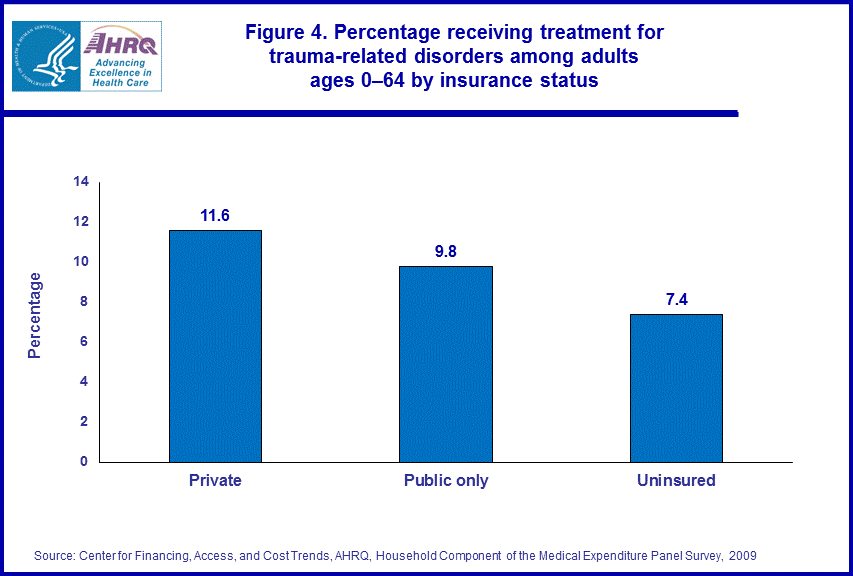 |
||||||||||||||||||||||||||||||||||||||||||||||||||||||||||||
|
||||||||||||||||||||||||||||||||||||||||||||||||||||||||||||
|
|
||||||||||||||||||||||||||||||||||||||||||||||||||||||||||||
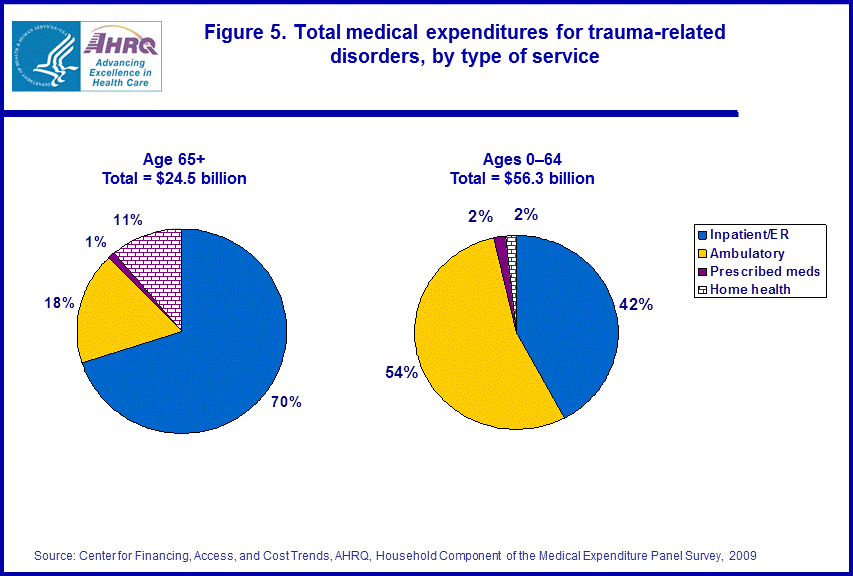 |
||||||||||||||||||||||||||||||||||||||||||||||||||||||||||||
|
||||||||||||||||||||||||||||||||||||||||||||||||||||||||||||
|
|
||||||||||||||||||||||||||||||||||||||||||||||||||||||||||||
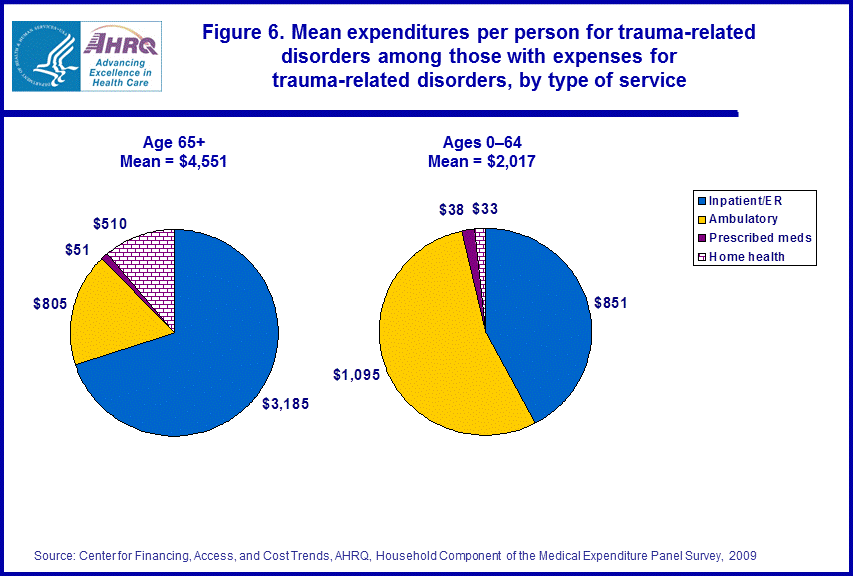 |
||||||||||||||||||||||||||||||||||||||||||||||||||||||||||||
|
||||||||||||||||||||||||||||||||||||||||||||||||||||||||||||
|
|
||||||||||||||||||||||||||||||||||||||||||||||||||||||||||||


